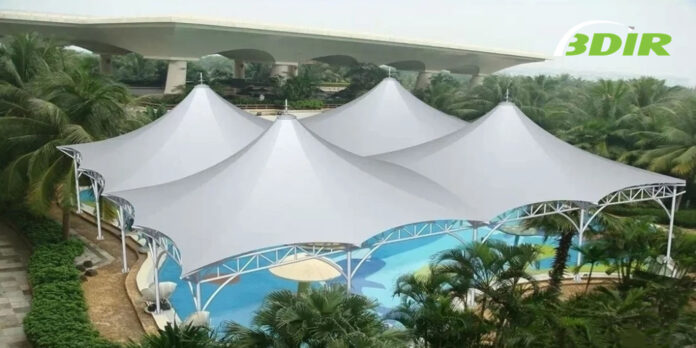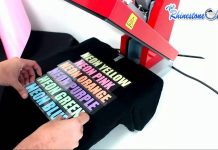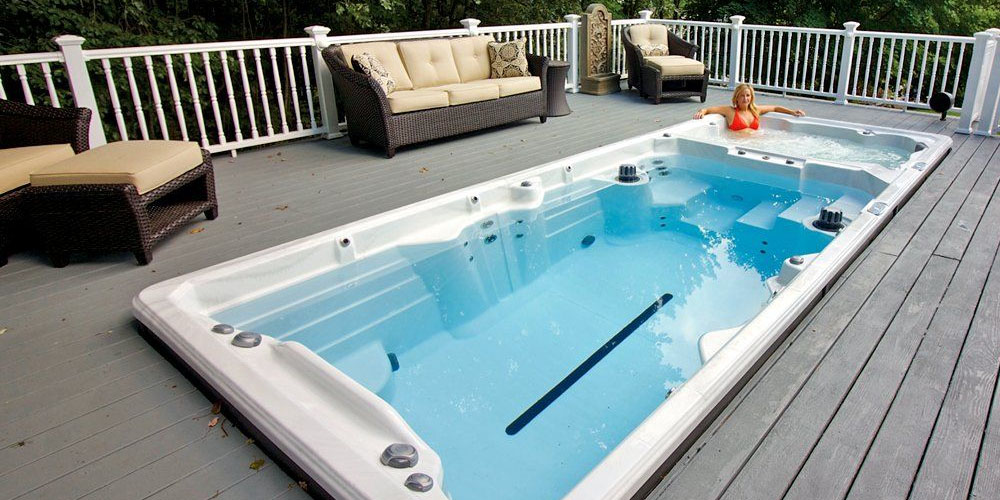What are tensile structures? This is a question that many people ask, and there is no one-size-fits-all answer. They can be defined in many ways, but at their core, they are architectural marvels that use tension to hold themselves up.
Tensile structures have been growing in popularity in recent years and for a good reason. They offer several advantages over traditional building materials like concrete and steel. But how?
No need to worry because, in this post, we will take a closer look at some of the questions like:
What are tensile structures? How is tensile fabric structure different from traditional buildings? What are the benefits of using tensile architecture? And their wide range of applications, from commercial buildings to outdoor pavilions. In short, we will explore all you need to know about tensile structures!
What Are Tensile Structures?
Tensile structures, also known as membrane structures, fabric structures, or tensioned structures, are architectural structures made up of stretchable material that use tension to support themselves and other loads. In contrast to traditional buildings, which rely on compression or bending for their strength, tensile structures derive their strength from being pulled or stretched. This makes them incredibly strong and durable while also being lightweight and easy to transport.
Types of Structures
There are four main types of tensile structures
Saddle Roof
The saddle roof is the most basic type of tensile structure. It consists of a single membrane or fabric stretched over several support poles. The shape of the roof is determined by the placement of the poles and the amount of tension in the membrane.
Mast-supported Tents
These tents get their name from the large support poles that hold them up. The membrane is attached to the top of the masts and tensioned downwards, creating a rigid structure.
Arch-supported
These structures are similar to mast-supported tents but use arches instead of masts to support the membrane. The arches can be made from a variety of materials, including wood, steel, or aluminum.
Base Plate
Base plates are one of those tensile structures in which the fabric is supported by cement structures.
Benefits of Tensile Structures
There are many benefits of tensile structures, which is why they are becoming increasingly popular in a wide range of applications. Here are some of the most notable benefits:
- They are incredibly strong and durable.
- They are lightweight and easy to transport.
- They can be assembled quickly and easily.
- They offer a wide range of design possibilities.
- They are environmentally friendly.
Applications of Tensile Structures
Tensile structures can be used in a wide variety of applications, both indoors and outdoors. Some of the most common applications include:
- Commercial buildings: Tensile structures can be used as canopies, atriums, and skylights in commercial buildings.
- Outdoor pavilions: They are often used as outdoor pavilions, gazebos, and pergolas in parks and gardens.
- Sports stadiums: Tensile structures are commonly used as roofs for sports stadiums.
- Houses: They can also be used as carports, decks, and patios in houses.
Conclusion
As you can see, tensile structures offer a lot of advantages and have a wide range of applications. If you are looking for a durable, lightweight, and easy-to-assemble structure, a tensile structure may be the perfect option for you!











